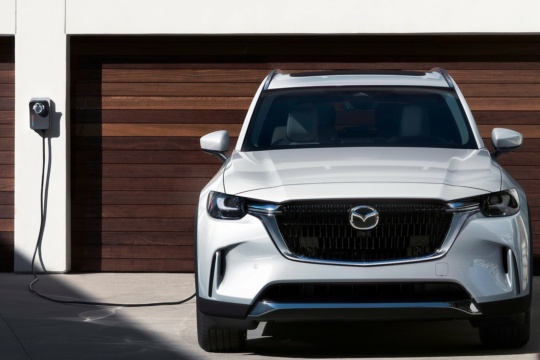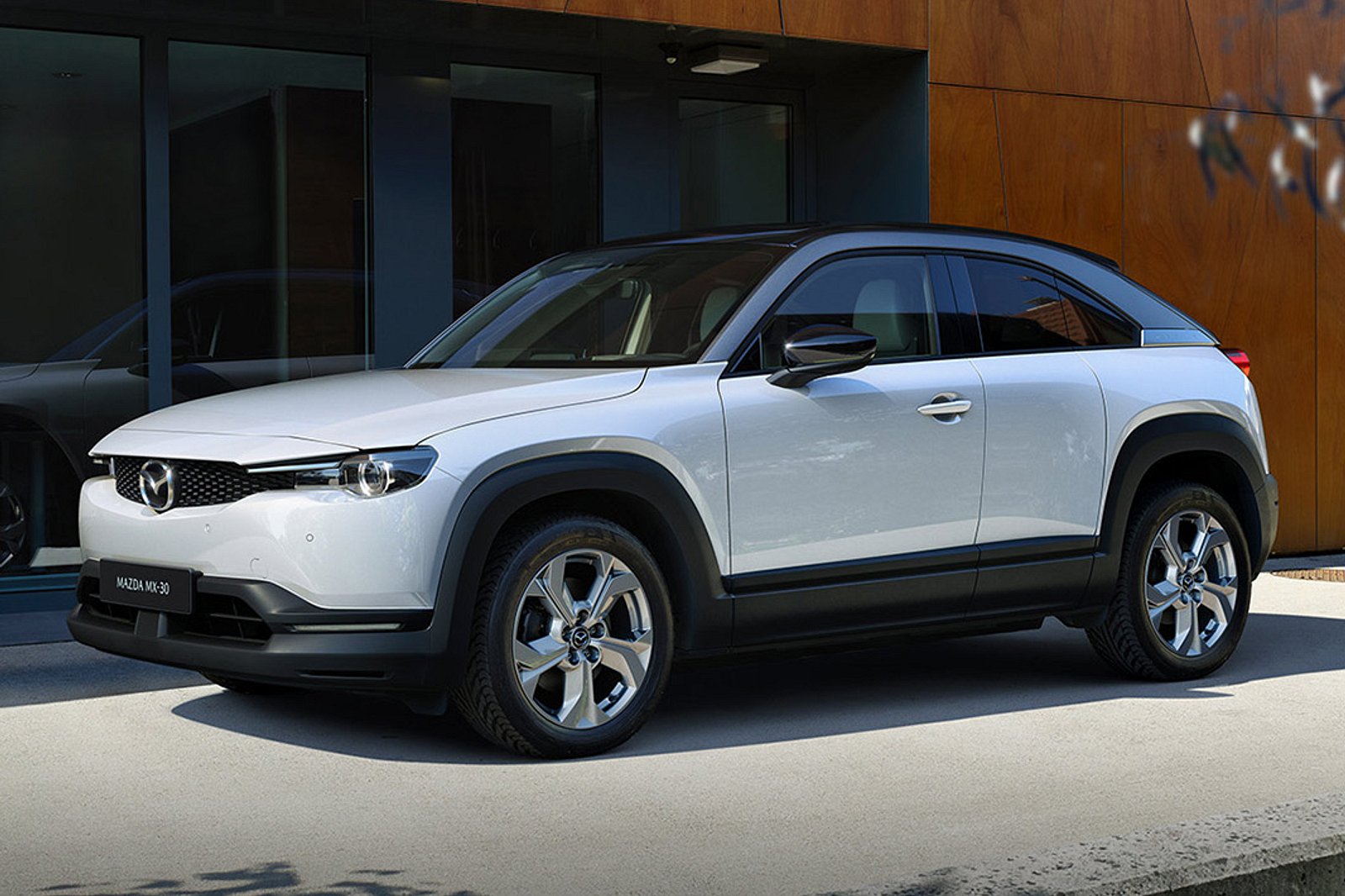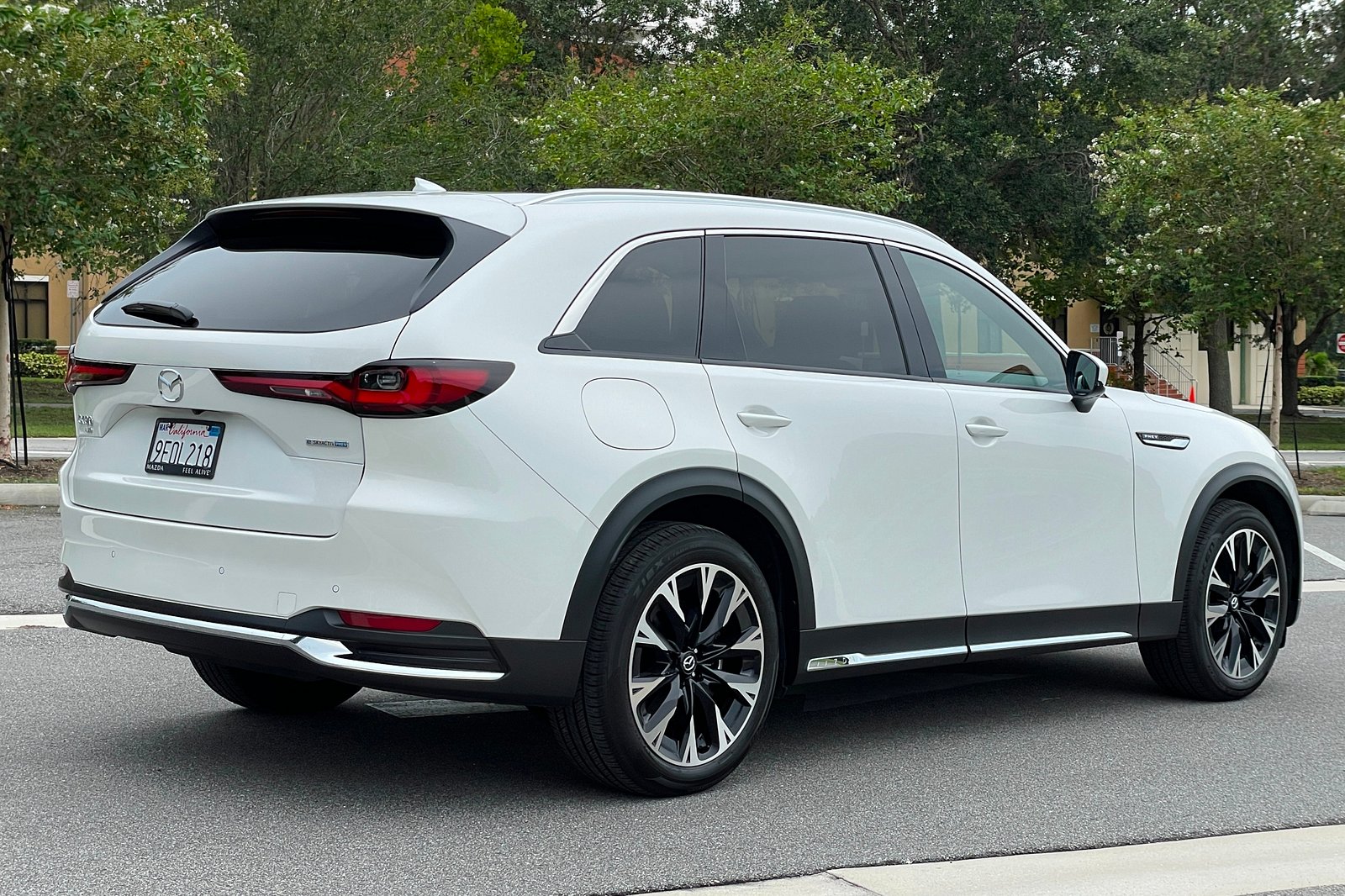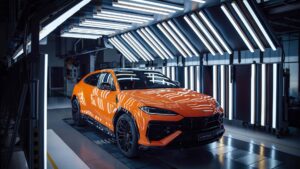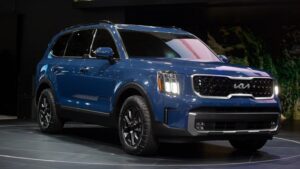Mazda, though trailing behind competitors in the electric vehicle (EV) race, is gearing up for a significant foray into the world of electric mobility. CEO Masahiro Moro has shared Mazda’s strategy, positioning the company as an “intentional follower” in the EV segment, citing uncertainty in demand as a critical factor influencing their approach. Despite having only the MX-30 and CX-90 plug-in hybrid in its current EV lineup, Mazda is charting a course for the future.
The MX-30, however, faces discontinuation, having struggled to gain traction due to impractical design and limited range. Although EVs currently constitute less than 1% of Mazda’s global sales through September, the company envisions a substantial shift, with 25% to 40% of sales stemming from EVs by 2030.
Moro acknowledges the current decline in demand for electric vehicles, echoing sentiments expressed by dealerships across America. Despite this, Mazda’s overall sales have remained robust, and Moro anticipates North American sales exceeding 600,000 vehicles by 2025. Yet, with electric cars, Mazda takes a cautious stance, opting to observe market trends.
Navigating the transition to electrification, Moro emphasizes understanding consumer needs and preferences. He acknowledges the consumer’s quest for alternative solutions, prompting Mazda to explore options beyond battery EVs. This sentiment aligns with industry leaders like Toyota and BMW, who are investigating alternative energy sources such as hydrogen.
Looking ahead, Mazda plans to introduce seven or eight electric vehicles by 2030 under a newly established division called e-Mazda. These vehicles will be based on a scalable platform, primarily featuring crossovers. The company aims to avoid the challenges associated with making compact EVs affordable.
Mazda’s engineers are focusing on developing three motor sizes, with an emphasis on lightweight construction and cost-effectiveness. Collaborating with battery suppliers, including Panasonic, Envision AESC Japan, and Prime Planet Energy & Solutions, Mazda is poised to leverage incentives by establishing manufacturing plants in the USA.
Mazda’s unique approach involves the development of two EV platforms—one dedicated to electric vehicles and the other adaptable to traditional internal combustion engine (ICE) and hybrid setups. Collaborating with Toyota on software and electrical setups, Mazda aims for a 90% similarity to Toyota’s Arene operating system, thereby achieving significant cost savings.
Despite this collaboration, Mazda remains committed to in-house vehicle platform development, emphasizing its identity as an independent brand. As the automotive landscape undergoes electrification, Mazda’s strategic considerations encompass not only technology and production but also business strategy, financials, and collaboration with suppliers and original equipment manufacturers (OEMs). This comprehensive approach positions Mazda for a dynamic future in the evolving world of electric mobility.

